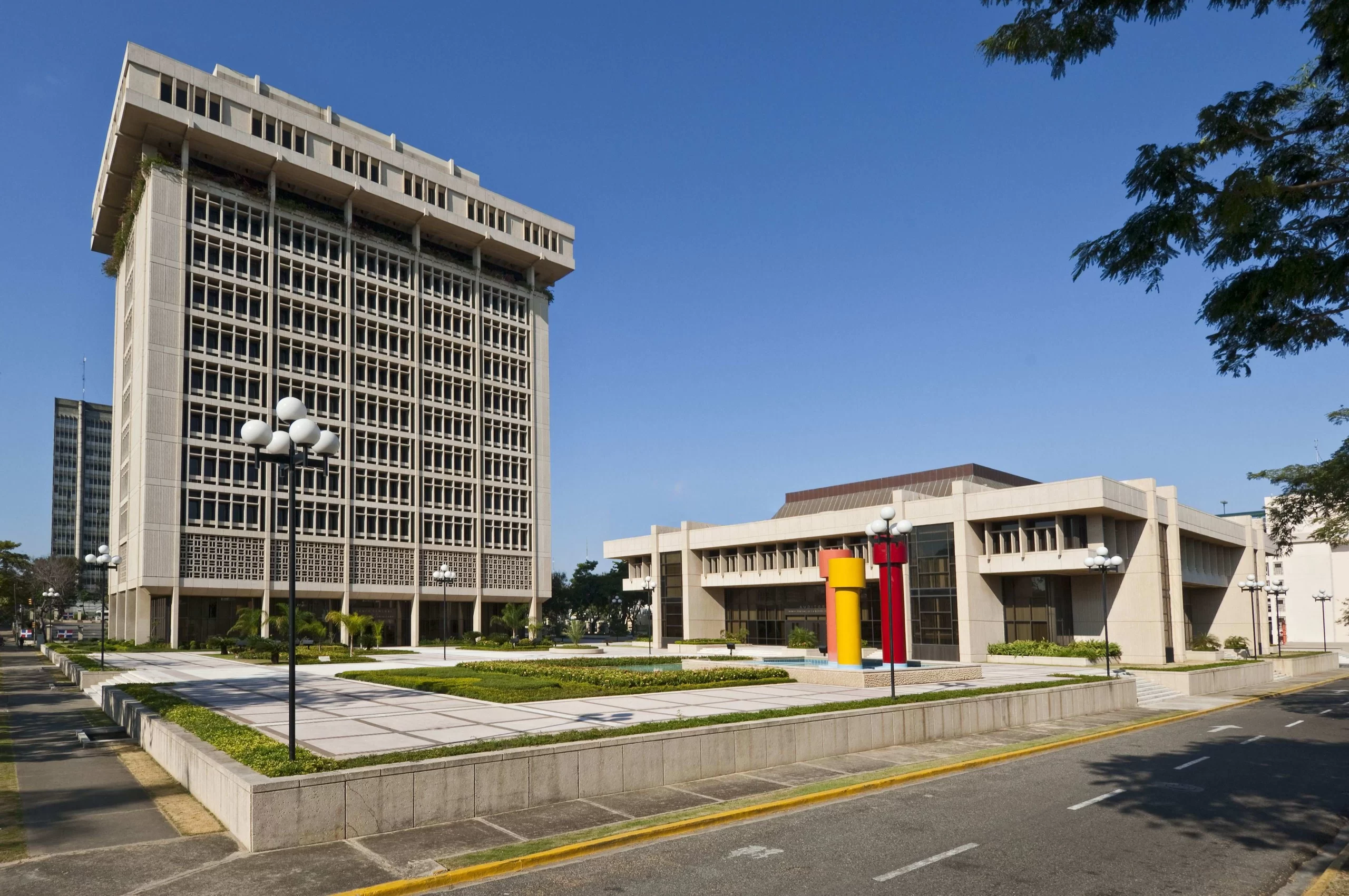Dominican economy accumulates average growth of 5.1%, says Central Bank

Central Bank Headquarters
Santo Domingo—The Central Bank of the Dominican Republic (BCRD), in the interest of keeping economic agents and the public opinion in general duly informed and as part of its institutional commitment to transparency and timely disclosure of data under its responsibility, informs the preliminary results of economic activity as of September 2024.
The monthly indicator of economic activity (IMAE) registered an expansion of 4.7% during September of this year, accumulating an average inter-annual growth of 5.1% from January to September 2024.
This performance has taken place in an environment of price stability, in which inflation has remained in the lower part of the target range of 4.0 % ± 1.0 % this year. The monetary and fiscal policies implemented have allowed us to overcome the risk factors for the Dominican economy’s performance in a timely manner.
In this sense, it is essential to point out that the trajectory observed by the economic activity shows the resilience of the national productive apparatus in the current global context, in which the expectations of economic agents have been affected by the uncertainty associated with the geopolitical conflicts in the Middle East and Eastern Europe.
Despite the global outlook, the United States of America (USA), the country’s main trading partner, presented a year-on-year growth of 2.7% in the third quarter of 2024. Year-on-year inflation stood at 2.4 % in September, showing a soft landing towards its target.
Meanwhile, the Federal Reserve decided at its most recent meeting in September to reduce its benchmark interest rate by 50 basis points (bps) and is expected to continue lowering it in the remaining period of 2024. In this context, the International Monetary Fund (IMF) revised its growth projection for 2024 at 2.8 %, an increase of 0.2 percentage points.
In addition, the expansion of the IMAE in January-September places the Dominican Republic as the economy with the highest inter-annual increase concerning its Latin American peers, according to the latest information available to date published by the countries.
Likewise, this result aligns with the forecasts of different international organizations and the government’s inter-institutional macroeconomic framework, whose projections point to an expansion of around 5.0% and place the country as the leader in economic activity growth in the region by the end of 2024.
The inter-annual variation of 5.1 % in January-September 2024 is due to the performance of activities such as construction (4.4 %) and free trade zone manufacturing (6.5 %), highlighting that exports under this regime amounted to US$6,404.1 million in the referred period. Likewise, service activities as a whole showed an accumulated increase of 5.3% concerning the same period of the previous year, among which financial intermediation (7.9%), hotels, bars and restaurants (6.3%), transportation and storage (5.9%), real estate and rental activities (5.7%) and communications (5.1%) stand out.
Concerning financial intermediation, this activity presented an inter-annual increase in its real aggregate value of 7.9 % in January-September, influenced by the 16.2 % expansion of credit granted to the private sector in local currency, equivalent to RD$309,554.3 million additional for September of the previous year.
An important aspect to highlight is that although mining recorded an average inter-annual variation of -6.1 % in January-September, this activity presented a positive result in August by 8.5 % and September by 16.9 %, sustained by the increase in gold production in the country’s main deposit.
Regarding construction, this sector showed an inter-annual variation of 4.4% in the January-September period, reflected in the increase in sales volumes of the main inputs used in developing infrastructure works.
The added value of the hotels, bars, and restaurants activity experienced an inter-annual variation of 6.3 % in January-September, which has been significantly influenced by passengers’ arrivals through the different airport terminals. By the end of this year, some 8.5 million tourists are expected to arrive.
Finally, the Dominican economy is in an excellent position to maintain a growth rate around its potential, considering the strength of its macroeconomic fundamentals, the resilience of the productive sectors, and the improvement in country risk indicators in international markets.














